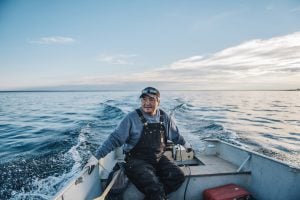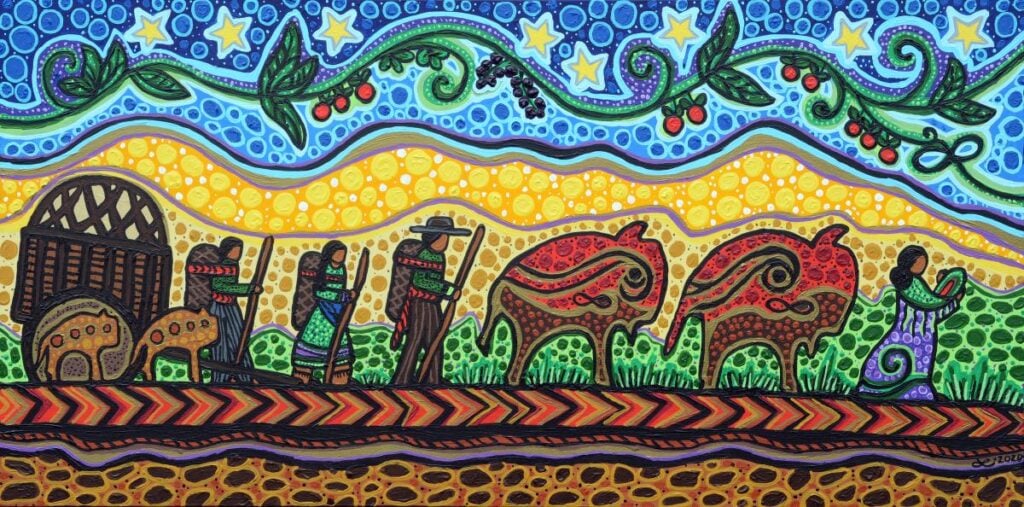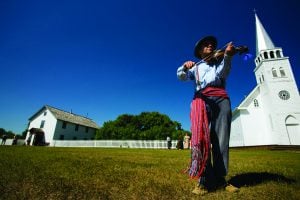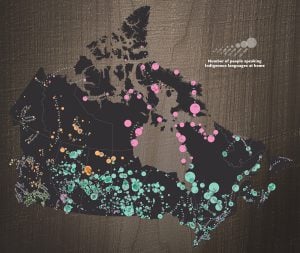
Environment
Inside the fight to protect the Arctic’s “Water Heart”
How the Sahtuto’ine Dene of Déline created the Tsá Tué Biosphere Reserve, the world’s first such UNESCO site managed by an Indigenous community
- 1693 words
- 7 minutes
People & Culture
A leading Michif language and culture educator shares why the language of the Métis matters

An introduction to Michif language, history and culture with Russell Fayant. Fayant shares the history of the Métis Nation in Saskatchewan using his own family story as an example of how the Michif language almost died, and is now rallying though programs like SUNTEP Regina and summer immersion programs at Lebret Farm.
Canadian Geographic and Métis Nation–Saskatchewan (MN–S) are proud to present Paykiiwikay Métis Culture Podcast, a series exploring the rich Métis culture and Michif language. Hosted by interdisciplinary Métis artist, mentor and author Leah Dorion, the first 10 episodes of Paykiiwikay, which is Michif for “come and visit,” take listeners on a journey through Métis communities around the province of Saskatchewan.
Are you passionate about Canadian geography?
You can support Canadian Geographic in 3 ways:

Environment
How the Sahtuto’ine Dene of Déline created the Tsá Tué Biosphere Reserve, the world’s first such UNESCO site managed by an Indigenous community

People & Culture
The story of how a critically endangered Indigenous language can be saved

People & Culture
Indigenous knowledge allowed ecosystems to thrive for millennia — and now it’s finally being recognized as integral in solving the world’s biodiversity crisis. What part did it play in COP15?

People & Culture
Languages represent entire worlds of knowledge and meaning. This Indigenous Languages Day, Chief Perry Bellegarde, Honorary President of the Royal Canadian Geographical Society, introduces a new CanGeo digital series celebrating Indigenous languages from across the lands and waters we call Canada.